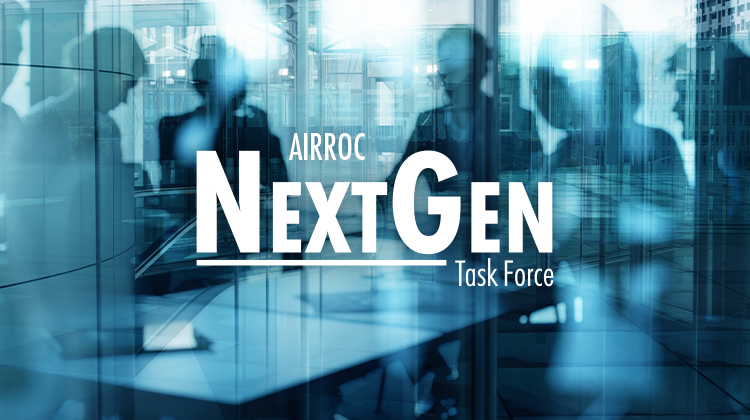On May 18, NextGen Task Force member Grant Donkervoet moderated an AIRROC educational event discussing the three dimensions of alternative dispute resolutions (“ADR”). Panelists Bill Goldsmith from AIG, Teresa Snider from Porter Wright Morris & Arthur, LLP and Peter Scarpato, joined Grant. The panelists covered the full path of ADRs starting with negotiations, moving to mediation, and ending in mediation. As highly qualified experts in their respective roles as part of ADR process, they painted a strong and cohesive message discussing the benefits, weaknesses, interconnectedness, and motivations for different ADR techniques. They stressed the importance of charting your strategy, proper preparation, and perspective to achieve successful resolutions. ADRs are a key strategy to improve outcomes, reduce litigation costs, and expedite final outcomes. A fundamental understanding of different ADR techniques is important for any professional in the legacy space. For a deeper dive on the ADR skills and techniques, check out the AIRROC On Demand platform for past recordings of events such as the Virtual Negotiation Workshop or Virtual Arbitration Workshop.
In episode 6 of AIRROC’s The Legacy Life, Paul Ginnett, CEO of Allianz Reinsurance America, joins us to share his experience. Like so many of us, Paul fell into insurance “[a]fter I got out of college, I was, like many graduates, I was in need of a job quickly. The week I graduated also coincided with the birth of my daughter, and so that was extra motivation to get to work,” he laughs. That was nearly 35 years ago. He found a job with a TPA and gradually worked his way up. The rest is history.
Looking back at his career, Paul reflects fondly on his time as a field adjuster. He particularly enjoyed meeting with policyholders who were entrepreneurs or small business owners. “I really liked liability claims that came out of small businesses. To me, it was just fascinating… You would meet with entrepreneurs. You’d meet with small business owners, and they were involved in these…very interesting things.” He recalls being fascinated by the different types of businesses he encountered and enjoyed interacting with such creative people.
In the season finale of The Legacy Life, Ed Hochberg, Head of Global Risk Solutions at Guy Carpenter, stops by to discuss his legacy career and his thoughts on why broking firms have been successful at attracting and retaining young talent.
Ed’s journey to run-off was anything but straightforward. An accountant by training, Ed recalls how he was first exposed to run-off early in his career while doing an audit on an insurance company with some poorly managed MGAs. From there, Ed got involved in special legacy projects which exposed him to the strategy behind run-off management and what he calls the “beginnings of the modern-day run-off movement.” Eventually moving to corporate finance and then to broking with Towers Perrin several years later, Ed recalls he was never able to get very far from legacy and structured risk. Ultimately this led to his position as CEO of then JLT Re North America, and subsequently his current position as Head of Global Risk Solutions after JLT was acquired by Guy Carpenter in 2019. Today he leads a global group focused on capital, legacy and volatility problem solving, and executing solutions in the structured reinsurance and legacy space.
Ed offered his thoughts on attracting and retaining young talent. “I think that we offer a pretty wide variety of things to get involved with,” that is both challenging and interesting. His advice to young professionals is to focus on obtaining expertise in something that both interests you and adds value. He notes that providing challenging and rewarding work to young professionals, as well as putting young professionals in positions where they can really learn the business has helped with retention. “Money only gets you so far. It’s important, but people have to want to come to work every day, and I think we’ve done a good job with that as a business.”
